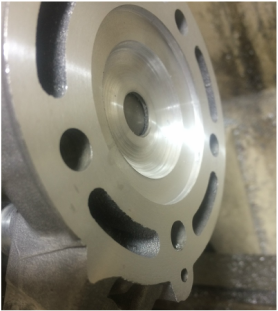

If yours has a whiff of Ronseal about it, empty the tank and refill with fresh fuel. Petrol starts to oxidise and go off after about six weeks and as it does so it takes on an acrid varnish-like smell. Stale fuel is one of the most common causes of poor starting in a two-stroke engine. Fuelĭitching stale fuel in favour of a new mix should be your first port of call © James Andrews If you’re still in the dark at the end of the piece, it might be worth throwing in the towel and enlisting the help of an expert. However, the same basic principles apply to most chainsaws, and any two-stroke powered implement for that matter. To help pinpoint any problems we enlisted the help of Stihl UK’s resident chainsaw and two-stroke engine expert, Mark Hellewell.įor the purposes of this article, we’re focusing on a well-used and abused 2011 Stihl 261 and a slightly older 290 model, both of which are popular farm-spec machines.

Happily, there’s usually a simple fix, particularly if the saw was running well before it was laid up. See also: 6 farm workshop gloves: Which handles mucky jobs best? So if any of those things are out of kilter the engine is unlikely to go. The basic principle of happy two-stroke combustion is that you need fuel, air, compression and a spark, all occurring in the right place and at the right time. Yanking at the starting cord until you’re blue in the face rarely yields satisfactory results either, so if there are no reassuring coughs after half a dozen pulls it’s time to take a break and perform a few simple checks.

Two-stroke engines like regular use, so after a summer of languishing at the back of the workshop it should be no surprise if the old chainsaw is reluctant to start.


 0 kommentar(er)
0 kommentar(er)
